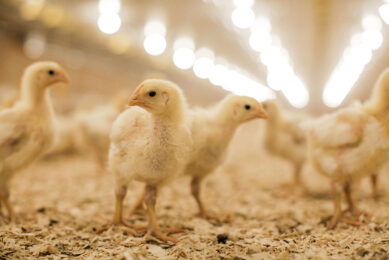Research: Exogenous enzymes and their effects on intestinal microbiology
Mike Bedford of AB Vista and Aaron Cowieson of University of Sydney in Animal Feed Science and Technology discussed the effects of exogenous enzymes on the microbes in the gut.
The use of enzymes has increased dramatically in the last 20 years, and yet the fact that perhaps one of their most important actions — mediating the size and composition of microbial populations — is still largely unrecognized.
As the public press for increasingly antibiotic (and by extension coccidiostat) free diets, it is clear that this under-investigated facet of enzyme action warrants far greater scrutiny.
Until quite recently it was assumed that the intestinal microbiota were simply reactive to the nutrients left behind after digestion had completed.
However it now seems that intestinal microbial population size and composition clearly plays a very large role in determining the extent of digestion accomplished by the host and by extension, growth rate and efficiency.
This is becoming increasingly apparent with the advent of new molecular techniques coupled with statistical methods which are beginning to identify desirable and undesirable clusters of organisms as far as good performance is concerned, although the variability in techniques utilised is hampering progress.
The fact that exogenous enzymes not only influence the partitioning of nutrients to the host but also, through their action, produce nutrients for specific populations of bacteria, means that they are multi-factorial in their effect.
As a result their effects are influenced by many other factors such as presence of antibiotics, health status/disease challenge of the animals and quality of ingredients fed.
Understanding of such interactions will lead to a more predictable and profitable outcome for the end user.











